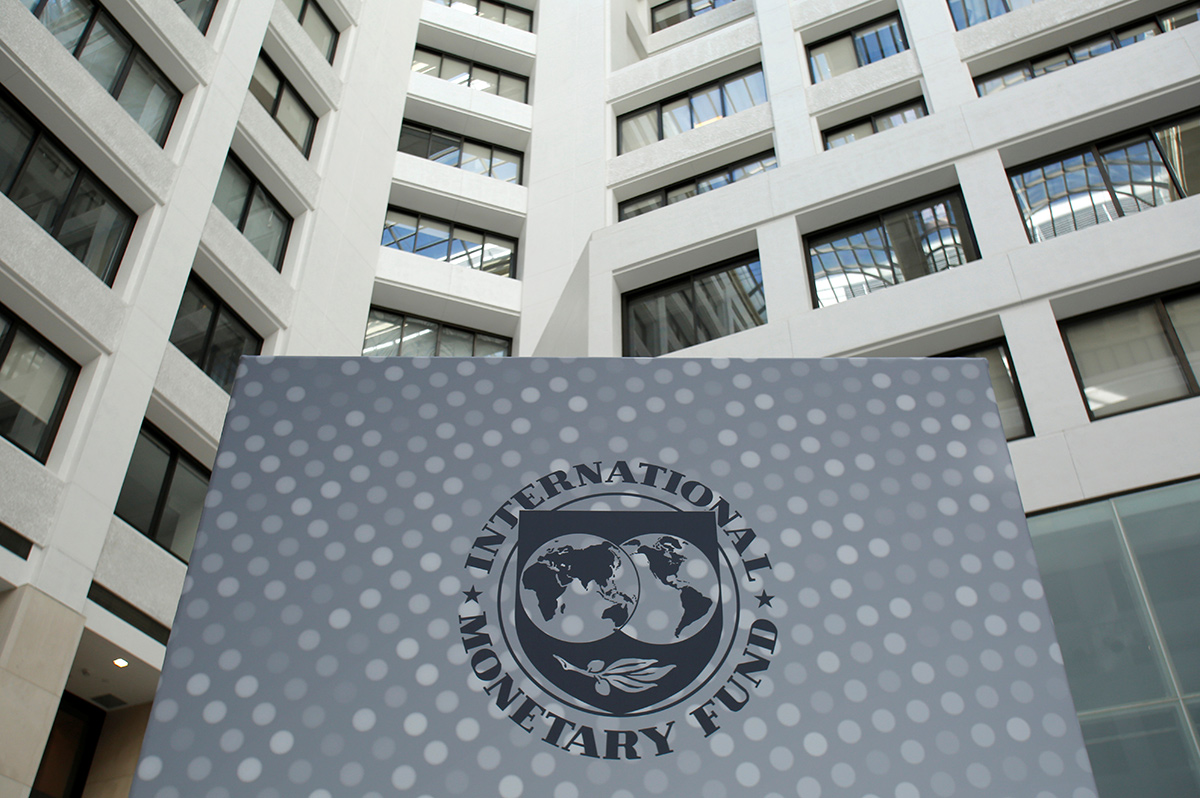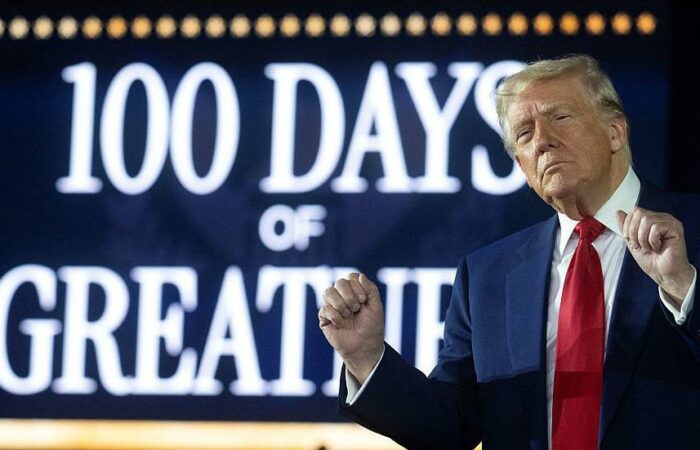Ioannis Tirkides*
The International Monetary Fund, in its Spring World Economic Outlook, released last month, provides an assessment of the global economy over the medium term, revised forecasts, and discusses underlying risks and challenges. The World Bank released their forecasts also, a little earlier, a little gloomier. Both institutions anticipate a more challenging medium term outlook. Slower growth and monetary tightening after a long period of easy monetary conditions, entail financial and other vulnerabilities, that need to be closely monitored. War and geopolitical rivalry, underpin additional stresses, sustain shortages, and foster higher inflation for longer amidst prolonged uncertainty. The consequent trade and technological decoupling will be imposing higher costs making it difficult for poorer countries in particular, to maintain their macroeconomic stability. Yet, considerable international cooperation will be needed to increase potential growth in countries and meet global challenges like the cost of living crisis, climate change, and regional disparities. Cyprus fairs relatively well in this environment with a growth outlook that outweighs average growth in the EU and inflation dropping at a faster pace in comparison. We discuss the global outlook and relevant issues in this article.
Economic growth will be slowing
Economic growth will be slowing this year and next and will remain subdued in the medium term relative to the period before Covid. The global economy will slow to about 2.8% this year and will rise only marginally to 3% next year according to the International Monetary Fund’s World Economic Outlook. This slow-down will be driven by the advanced countries expected to grow at 1.3% this year and 1.4% next. Growth in the Euro area and the European Union will slow to 0.8% this year with some countries like Germany and the United Kingdom slipping into mild recessions according to the baseline scenario. Growth will be stronger in the emerging and developing world at 3.9% this year. In China growth will accelerate to 5.2% in 2023 from 3% last year and in India growth will be 5.9% in 2023 from 6.8%. While this is a curtailed but rather benign scenario, the risk for the more advanced countries including the United States, falling into a mild recession in the second half of the year and early next, remains elevated.
Core inflation in particular will remain elevated
Global inflation will ease but at a slower pace than initially anticipated, dropping from 8.7% last year to 7% this year and 4.9% next year. Inflation will drop to 4.7% in the advanced countries and to 5.3% in the Euro area. Inflation will remain high in the UK at 6.8% and in Germany at 6.2% and modestly lower in France and Italy. It is expected to be near 4% in Cyprus.
More importantly, while headline inflation is declining, core inflation which is headline inflation less the volatile energy and food prices, remains high. Headline inflation dropped, largely because of lower energy and commodity prices. Second round effects from the initial energy and food price shocks have been stronger so far. Nominal wages have been rising but lagging price inflation, and there is thus little evidence of an uncontrolled wage-price spiral.
However, inflation pressures can escalate amidst an ongoing war or because of geopolitical pressures in the future that might cause more supply chain disruptions and food and commodity shortages. War is inflationary in and of itself, because of the scarcities it tends to generate.
If core inflation will decline by the end of the year, it will be because of the significant amount of tightening that has already taken place by the ECB and by the federal reserve. Over the past 12 months or so, the ECB raised its policy rate from zero to 3.75% to date. The federal reserve raised its policy rate from near zero to a range between 5 and 5.25%.
The trade-off between price stability and financial stability
The potential trade-off between price stability and financial stability can limit the options available to policymakers in the future. Fighting inflation has become more complex following the banking sector pressures in the United States earlier in the year, and the demise of Credit Suisse at about the same time. The transition from an excessively long period of zero or near zero interest rates and ample liquidity, to a period of higher interest rates and scarcer liquidity, may not be as smooth as we would like. The recent financial turmoil has revealed risk management failures in some banks and supervisory lapses.
The domestic financial landscapes today are very different from those of 2008, when the largest systemically important banks needed to be recapitalised by the state. Financial weaknesses lie with the small and mid-sized banks, which is an area we are likely to see more pressures and more consolidation going forward.
In an international context, the massive monetary expansion after the 2008 crisis, has left behind an unbalanced financial system. Central bank balanced sheets in the G7 countries for instance, expanded dramatically. The composition of assets and liabilities on the balance sheets of central banks, commercial banks and non-bank financial institutions has been altered significantly.
Net international investment positions, which is the difference between foreign assets owned by local residents and local assets owned by non-residents, are now vastly different. The respective net deficit of G7 countries vis-vis the rest of the G20 countries widened sharply. This is not an environment conducive to smooth sail.
Price stability cannot come at the expense of financial stability. Central banks will continue to use interest rates to fight inflation, and financial policies in order to ensure financial stability and the provision of adequate liquidity. If financial pressures were to rise, central banks will face more difficult trade-offs, between inflation and financial stability.
A concerted effort will be needed to improve the outlook and growth potential
To improve the medium term outlook and growth potential in the global economy, a concerted effort will be needed on multiple fronts. First, there is a need for structural reforms and an urgency to accelerate the digital revolution in all countries and particularly in the least productive regions, in order to boost productivity. Second, we need to take the green transition more seriously in large and advanced economies, and to aid poorer countries financially, to do the same. To meet the goals of the Paris Agreement would require massive investments in green projects, at a time when resources are not readily available.
Conclusions
At the end of the International Monetary Fund and the World Bank Spring meetings in Washington last month, the moods in global quarters remain sombre. Global growth is predicted to be slower over a protracted period of time whilst core inflation remains stubbornly high. Higher interest rates and credit supply shocks will be pulling growth and growth potential lower. Higher interest rates and a more expensive US dollar, expose many poor developing countries to financial and default risk.
War and geopolitical rivalry have adverse consequences on global actual and potential growth. The war in Ukraine is having tragic consequences on Ukraine foremost, but also beyond Ukraine. The war creates shortages and causes higher inflation and cost of living crises, particularly in poorer regions. It destroys the peace dividend of the end of the cold war and adds frictions to trade and finance. The long term costs of trade fragmentation can be very high. Adding technological fragmentation, raises the costs even higher. Growth therefore is curtailed by all these factors and will drag lower if left unattended.
*Ioannis Tirkides is the Economics Research Manager at Bank of Cyprus and President of the Cyprus Economic Society. Views expressed are personal.




